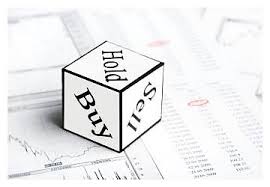Financial investors do not intend to remain invested in a particular asset in-
definitely. From the moment they buy a security, they begin thinking about how they will exit. As a result, they are constantly evaluating whether they should buy or sell such and such asset.
Exiting is relatively easy when the security is a short-term one. All the investor
has to do is wait until maturity.1The need for an exit strategy grows with the
maturity of the investment and is greatest for equity investments whose maturity is unlimited. The only way a shareholder can exit his investment is to sell his shares to someone else.
Similarly, the successful businessman who floats his company on the stock
exchange, thereby bringing in new shareholders, diversifies his own portfolio,
which before flotation was essentially concentrated in one investment.
The secondary market makes the investor’s investments liquid. Liquidity refers to the ability to convert an instrument into cash quickly and without loss of value. It affords the opportunity to trade a financial instrument at a ‘‘listed’’ price and in large quantities without disrupting the market. An investment
is liquid when an investor can buy or sell it in large quantities without causing a
change in its market price.
Click here for government certification in Accounting, Banking & Finance





1 Comment. Leave new
Good work..